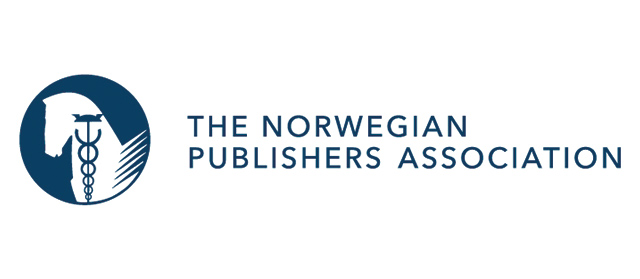The second edition of Tempo di Libri, the Italian Book Fair based in Milan, ended successfully with 97,240 visitors (+ 60% over the previous year).
The 2018 edition of the Book Fair, directed by Andrea Kerbaker and organised by La Fabbrica del Libro (a joint venture set up by AIE – Associazione Italiana Editori and Fiera Milano) opened from 8 to 12 March in the new location of Fieramilanocity, under the auspices of Milan as a Unesco Creative City for Literature.
Visitors have been guided along five thematic paths, one for each day: Women (Thursday 8th March), Rebellion (Friday 9th), Milan (Saturday 10th), Books and images (Sunday 11th) and Digital world (Monday 12th). Five intense days, involving 425 exhibitors (publishers, libraries, associations, start-ups) and featuring 850 appointments with 1.200 guests from the world of literature, journalism, culture and entertainment.
The professional programme was particularly appreciated: with more than twenty events in the form of round tables and in-depth discussions, the programme covered all the key aspects of the publishing industry, such as editing, translation, the relationship between different sectors of the industry (paper and non-paper), the development of new digital platforms, internationalization and the sale of rights, innovations in reading brought in by new devices and the “resilience” of paper to this challenge, new ways for readers to find information and choose sales channels and analysis of the performance of the book market.

Every day, the Digital Cafe featured events delving into subjects related to digital technology in all its various aspects and the Digital Lab, created thanks to a collaboration with FME Education, hosted a programme of workshops for students to carry out a range of activities including coding, learning number tables, marine exploration and the study of Greek myths.
A new feature of this edition is the Frankfurt-Milan Fellowship, a close collaboration between AIE and Buchmesse. This initiative is made possible thanks to the contribution of Aldus, the European Book Fairs’ Network – whose Tempo di Libri is member – and ICE – the Italian Trade Agency and the Fondazione Fiera Milano. During the days leading up to the Fair, young editors and rights managers from France, Italy, Japan, Netherlands, UK, Russia and US got to know the Italian publishing market more closely and extended their relations with Italy through sectorial presentations, visits to publishing houses and bookshops and through the participation to the Milan International Rights Center (MIRC), the rights center area of the Book Fair.
With more than 500 participants from 32 countries and over 6.500 meetings, the Milan International Rights Center has been confirmed as a successful appointment for international publishing professionals.
The collaboration with Aldus contributed to further raise the international profile of this edition of Tempo di Libri: in addition to the Fellowship programme, Aldus contributed to the Book Fair programme with a special event on translation grants and European literature promotion held in collaboration with the European Union Prize for Literature (EUPL) featuring speakers from the Federation of European Publishers and Creative Europe Desk Italy of MIBACT.

Among the events of interest for Aldus international community of book professionals, it is also worth mentioning the conference held in collaboration with the Frankfurter Buchmesse and THE ARTS+ on Monday 12th, the day devoted to the digital world topic: “Innovation in Culture – how good do technology and culture play together?” where Chiara Costa (Prada Foundation), Ugo Bacchella (Fitzcarraldo Foundation), Alessandro Salvati (Tuomeseo) and Katharina Ewalds (Frankfurt Book Fair), examined the relationship between innovation and culture and the potential that virtual reality and augmented reality can offer content industries to create new methods of storytelling.
During the Fair, special attention was also devoted to accessibility, with a dedicated area named “I libri di tutti” created by LIA Foundation, in collaboration with the Unione Italiana Ciechi e Ipovedenti, the Istituto dei Ciechi of Milan and the Federazione Nazionale delle istituzioni Pro Ciechi. In addition to an exhibition of various reading accessibility methods (from braille to digital), the area featured a series of sessions called “Reading in the dark” for the general public and schools, in which authors alternate with the visually disabled in reading passages from books.

















